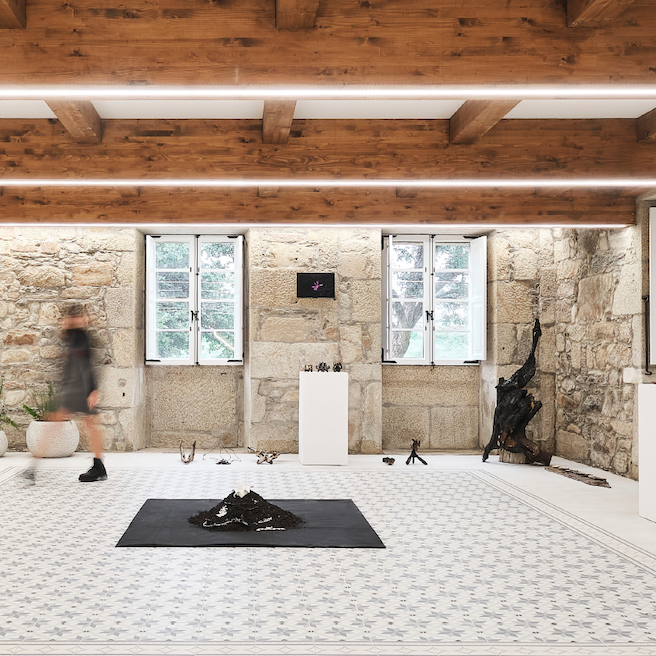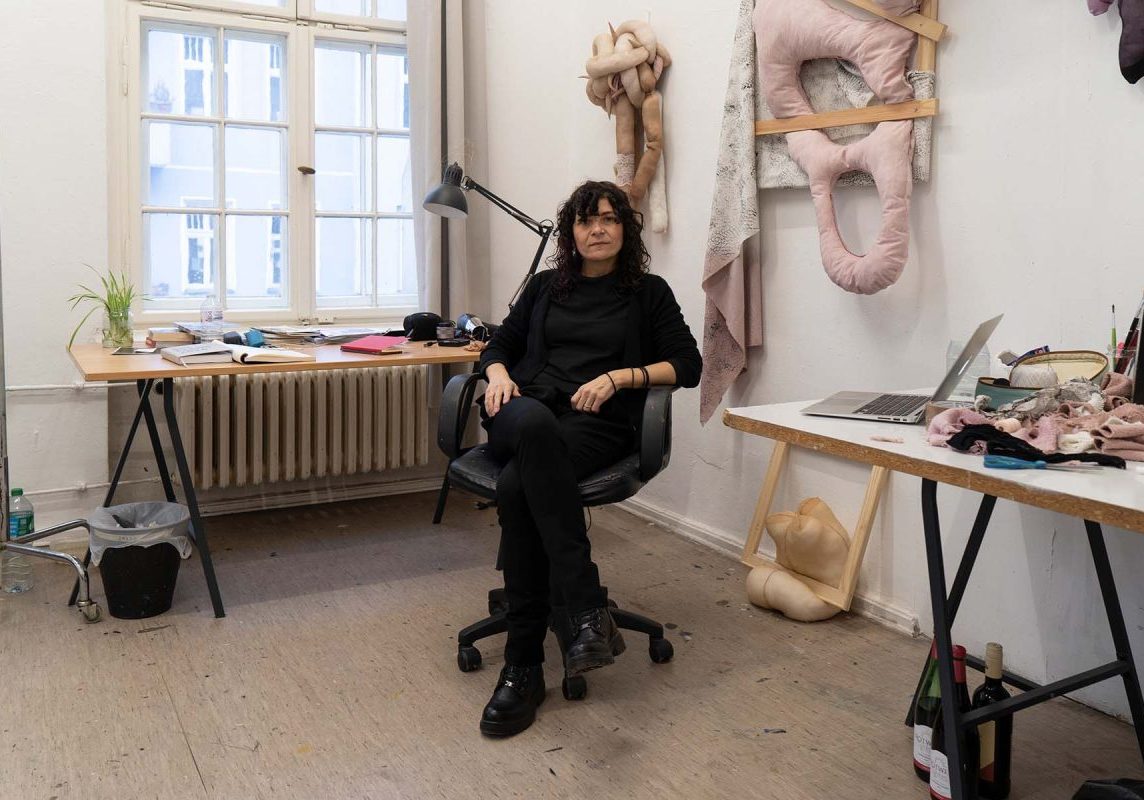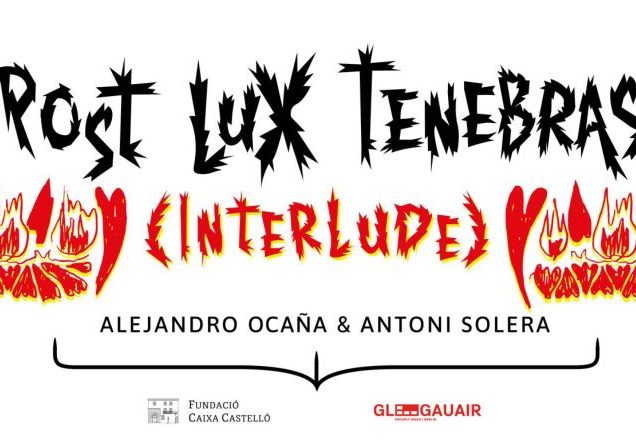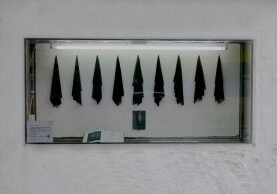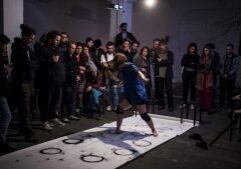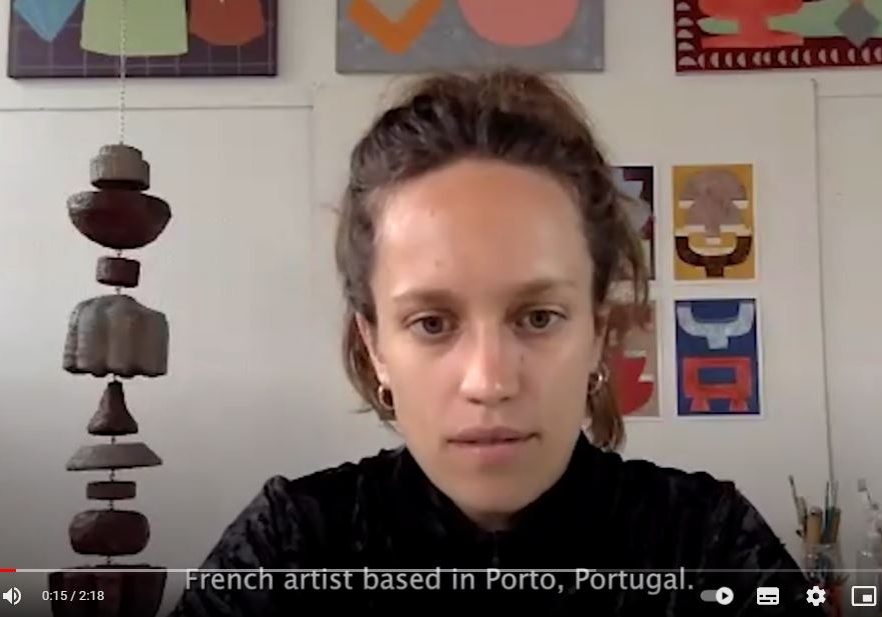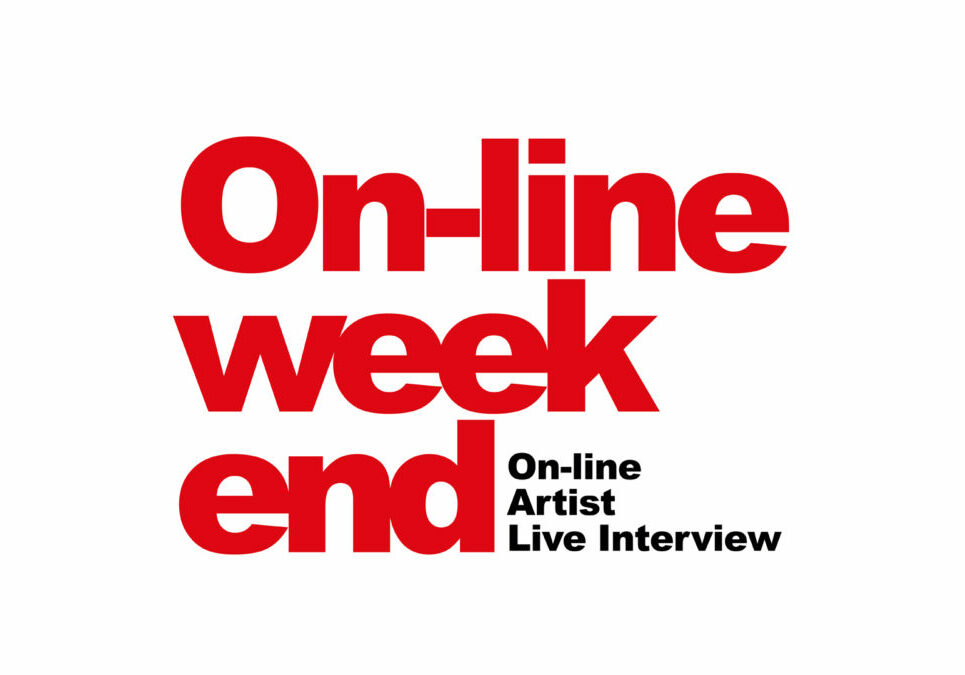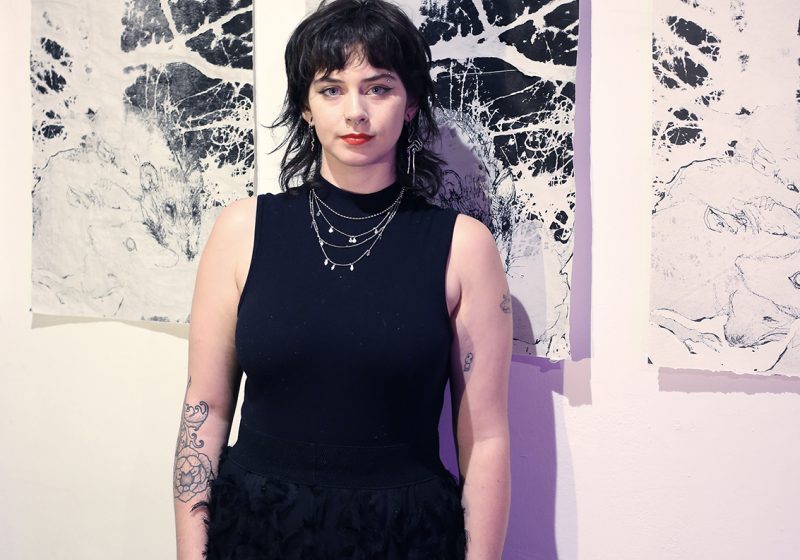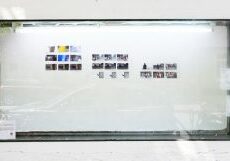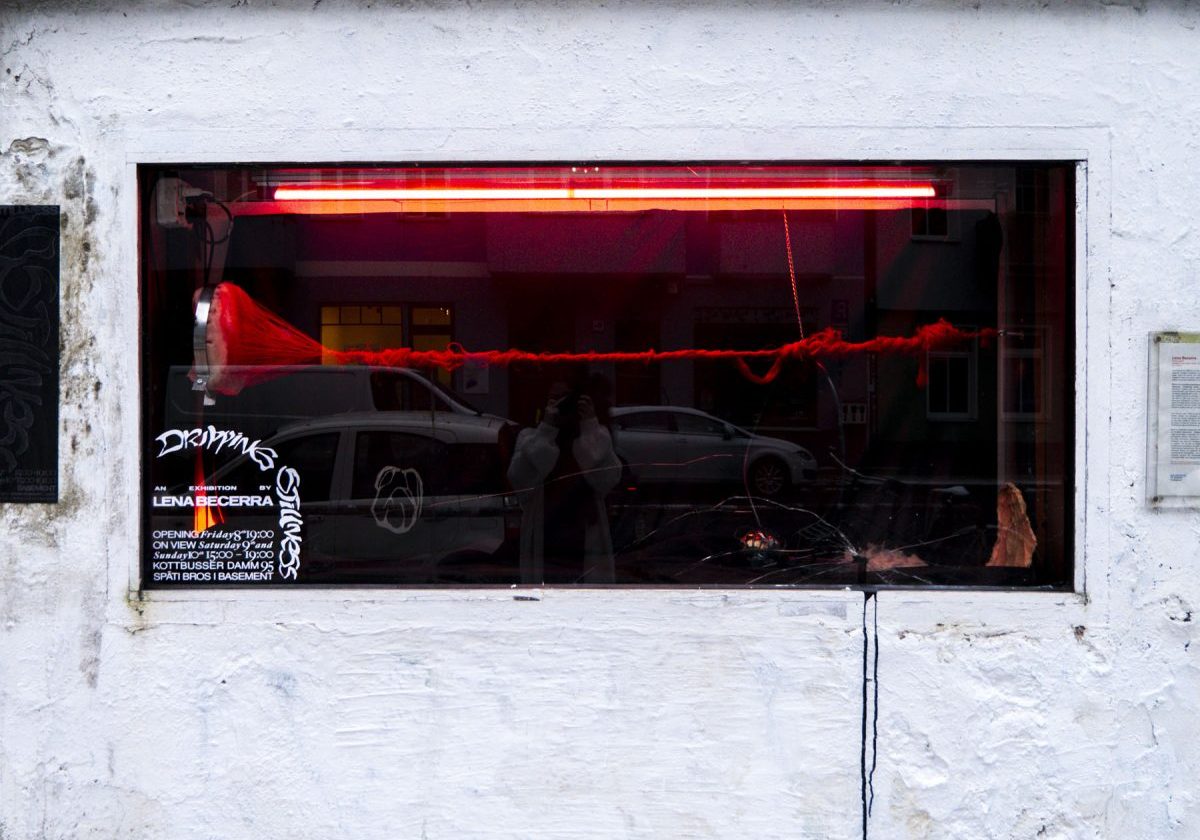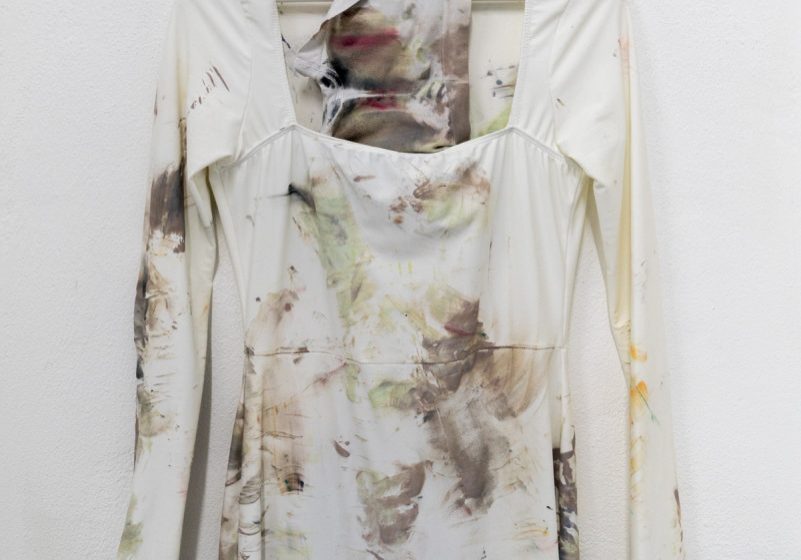Meet the on-line Artist // Clara Álvarez & Elena Rocabert
Clara Álvarez and Elena Rocabert are an artistic duo from Spain.
Currently their practice explores the margins of what traditionally is known as ‘architectural thinking’ seeking experimental environments of study, research, and thought. The duo uses sculpture, installation, and spatial design as a critical language through which they build new narratives. They aim to generate ambiguous and complex spaces and objects through constant material transformation, deformation, and reorganisation.
Clara Álvarez and Elena Rocabert, architects developing an artistic practice together, how did it start? What made you start working together?
Clara: We studied together at the University of Architecture (ETSAM) in Madrid, but since we finished, we consistently approached the discipline with an inclination towards the area of visual and performing arts, recognizing the potential of artistic mediums to create new narratives and emphasize pressing ecological concerns. We have been exploring the margins of what is traditionally known as ‘architectural thinking’, seeking experimental environments of study, research and thought, alternative to the academy.
Elena and I have developed a shared passion for exploring the complexities of certain materials. After her return to Madrid from Berlin in 2021, we began to delve deeper into the subject by conducting experiments and building a discourse around critical issues arising from the use of materials. These include extractivism, the impact of mining operations, and the relationships between urban and natural environments, as well as the origin of the land and minerals we utilize. Our ultimate goal is to create a language of critical thinking that will help us construct new narratives and gain a deeper understanding of humanity’s relationship with the territories they inhabit.
As a duo of researchers, how are the work dynamics between you? What is your methodology or process for creating a new project?
Elena: We make an effort to gather periodically in Clara’s studio, where we have access to a kiln for our glass experimentation. However, even outside of these meetings, we continuously share and exchange information that enhances our shared interests. Our common topics of fascination and similar perspectives on artistic practice make it effortless for us to communicate and understand one another.
During your Online Residency you are working on an experimental project with glass, what are the specificities of glass that attract you to experiment with it?
We have been engaging in a creative process that involves post-industrial glass, a byproduct of the extractivism that has shaped our current reality. Our aim is to recycle and melt this glass to give rise to new forms and material properties. Our process entails exploring the relationship between temperatures and the transformative properties of the material. We are fascinated by the contemporary aesthetics that emerge from thermodynamic change and aim to speculate on its implications. Utilizing these materials also allows us to study and experiment with the beauty that can be created from used and discarded industrial products, intervening in the waste cycle.
As we delve deeper into the world of glass, it continues to captivate us with its versatility. The behavior of glass varies greatly depending on its melting points, leading to fascinating results. For instance, the way it cools down can determine its opacity or cause it to crackle. We are drawn to working with high temperatures (1050ºC) as a means of exploring the potential for transforming the form and nature of a substance.
You have described your methodology in this project as an alchemical process, how has your approach to the material and its transformation been? And what stage in that process are you now?
Through this project, we would like to further understand the relationship between extreme temperatures, bodies and their transformation processes. We want to get rid of the thoughts we have as architects, where everything has to be controlled, measured and justified. For us, material processes are political acts where absolutist binary categories such as perfection-mistake, softness-hardness and natural-artificial gradually become blurred, and that’s why our approach is entirely experimental. At this very moment, we are working on what we have called ‘climatic objects’. In these sculptures, we work with high temperatures (up to 1200ºC) as a catalyst which forces glass and other industrial materials to interact, giving rise to a third unexpected sensitive matter which speaks of this climatic transformation.
We envision this project as a collaborative effort, and are actively seeking out partnerships with other artist and designer collectives who share our concerns and interest. By joining forces, we aim to foster a more open and inclusive creative process that addresses these pressing issues and questions.
How would you like to transport the properties and processes of glass into an installation or immersive environment for the exhibition space?
Our goal is to craft sculptures where glass is the central component. We view glass as a fluid and plan to showcase its remarkable transformation under high temperatures, highlighting the process of shaping it.
We are deeply excited about the unpredictable nature of glass, and this will be the foundation of our exhibition. Our aim is to create intentional pathways for the glass to flow and take on new forms. Through sculpture and installations, we hope to present thought-provoking questions and bring the dynamic and uncertain aspects of the artistic process to the forefront.


